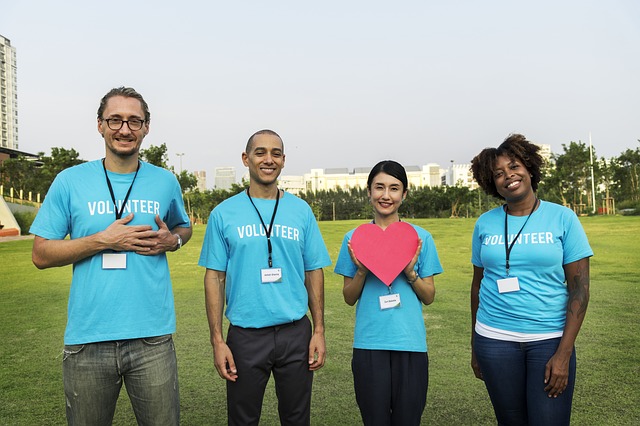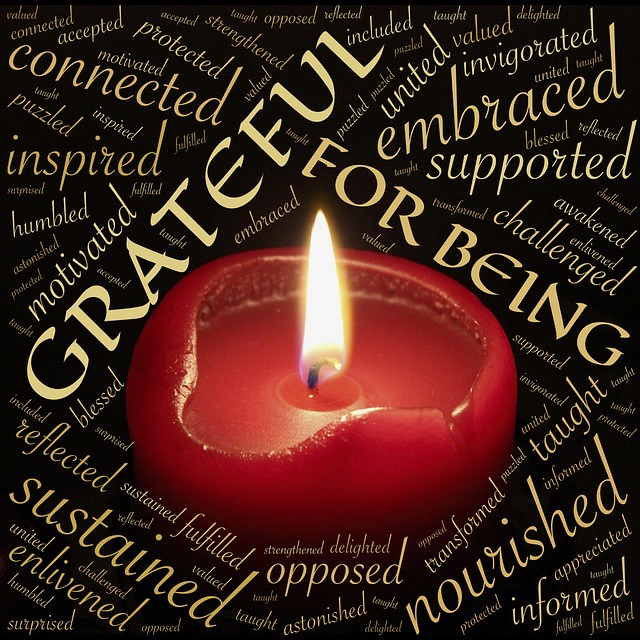Bob Stahl, co-author of A Mindfulness-Based Stress Reduction Workbook, explains how mindfulness can help to manage anxiety in an article titled, Explore Anxiety with Mindfulness. In the article, he explains the nature of anxiety and offers a mindfulness approach involving writing. In another article discussed here he also provides a guided anxiety meditation.
The nature of anxiety
Bob explains that anxiety can arise at any time for anyone and can be episodic or chronic, mild or intense. It can be precipitated by our family, work, relationship or financial situation. Anxiety is not the sole province of people who are disadvantaged in some way – even the wealthy, the successful and elite sportspeople can, and do, suffer from anxiety.
Bob explains that anxiety is underpinned by fear catalysed by some event that caused you to worry and that becomes the focus of ongoing fearful anticipation. Anxiety typically manifests in three ways – physically, mentally and emotionally. Physically, anxiety can make you feel constricted, tied up in knots, smothered, having difficulty with breathing; mentally, you may be absorbed by thoughts that consume you with foreboding or restlessness; and emotionally, you may feel distress, lack the ability to concentrate and experience profound nervousness. The physical, mental and emotional symptoms of anxiety can vary considerably for different people, as can their intensity and prevalence.
Managing anxiety with mindfulness
Mindfulness, in contrast to anxiety, can generate calm and clarity, the ability to be in-the-moment (not absorbed by the future), the capacity to develop self-awareness (of your body, your emotions and debilitating thoughts) and self-regulation. Neuroscience has demonstrated unequivocally the positive benefits of Mindfulness-Based Stress Reduction for anxiety , even for cases of extreme and/or chronic anxiety.
There are multiple approaches to developing mindfulness and Bob advocates two approaches that can assist in the management of anxiety, a writing exercise and a specific anxiety meditation.
A writing exercise for anxiety
In the abovementioned article, Bob explains his approach to using writing to alleviate anxiety. It basically involves focusing on one experience of anxiety (that was not too intense) and exploring its impacts on you physically, mentally and emotionally. He offers three core questions to explore a specific anxiety experience through writing your responses:
- What bodily sensations did you experience during the event?
- What thoughts or thinking processes were happening during the event?
- What emotions or feeling tones were present during that event?
Bob stresses the need to be grounded before you start reflecting and writing, be as specific as possible (to aid self-discovery) and to congratulate yourself for making the effort to explore the path to recovery (despite your uncertainty about the outcome).
A meditation for anxiety
In another article, Bob Stahl provides a detailed explanation and meditation podcast for a meditation on anxious emotions. His written explanation of this meditation for anxiety provides you with step by step instructions on how to undertake this meditation. His approach focuses on your bodily sensations and the associated feelings that arise as you reflect on an anxiety-inducing event/situation.
The guided meditation podcast that he also provides follows these suggested steps but also acts as an additional aid by enabling you to concentrate on your experience without having to read and supporting you through his calming voice.
Bob suggests again that you become grounded at the start of the meditation and that you acknowledge to yourself that you have taken an important step on the road to recovery. This self-praise can be realised if you pause at the end of the meditation and take the time to bask in your achievement, rather than rushing off to do something else.
The writing exercise and meditation are complementary and can reinforce each other. As you write you become more self-aware and this, in turn, enables you more easily to tap into your bodily sensations and feelings.
As you grow in mindfulness through writing and meditation, you can face your anxiety, increase your self-awareness and better manage your thoughts, physical reactions and emotions. It takes courage and conviction to begin to manage anxiety through mindfulness, but many people have successfully walked this path, and this is in itself a source of encouragement. Reading about these successes can help build your own courage and conviction.
By Ron Passfield – Copyright (Creative Commons license, Attribution–Non Commercial–No Derivatives)
Image source: courtesy of Engin_Akyurt on Pixabay
Disclosure: If you purchase a product through this site, I may earn a commission which will help to pay for the site, the associated Meetup group and the resources to support the blog.









